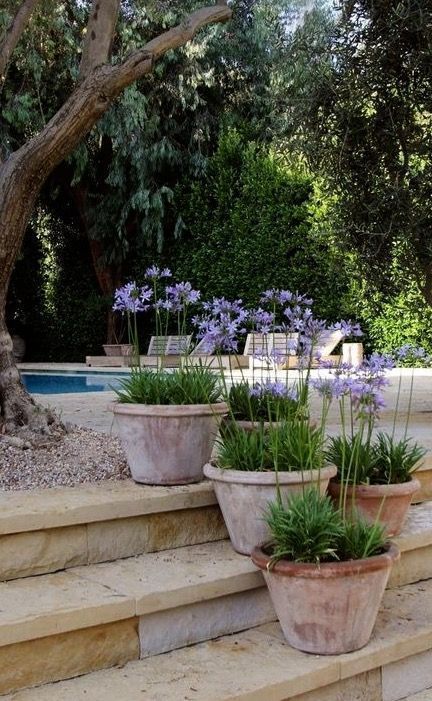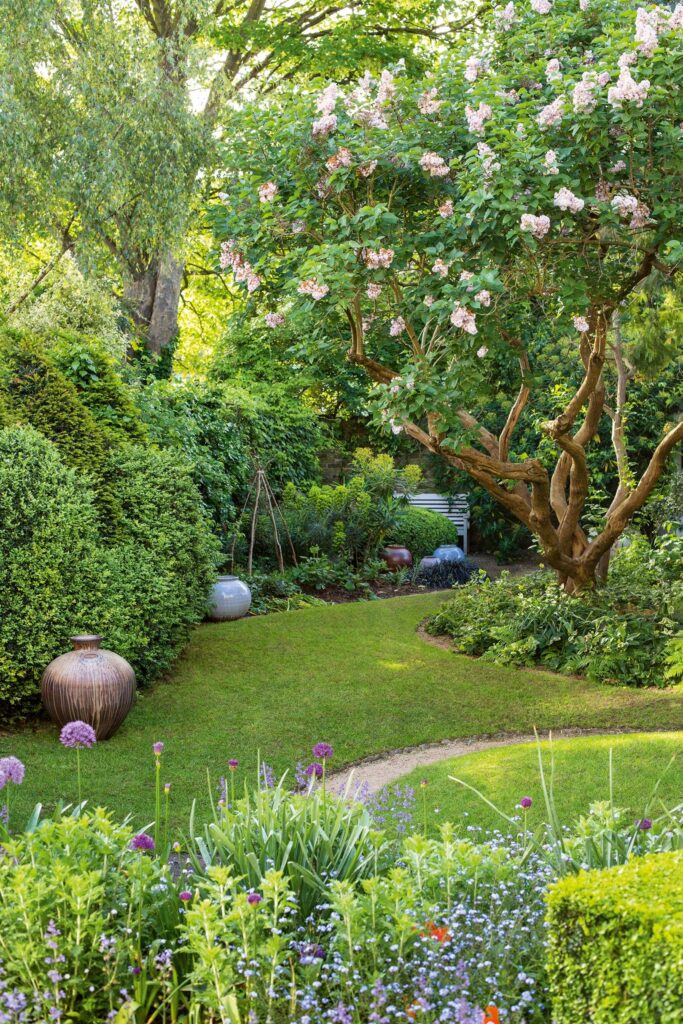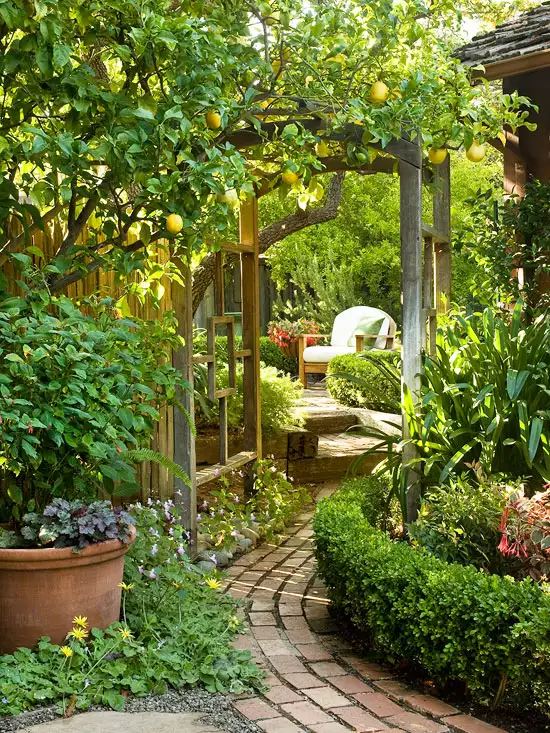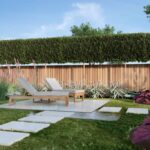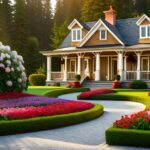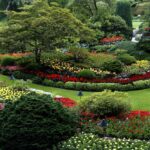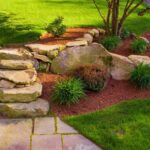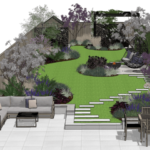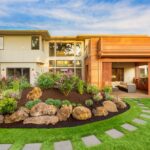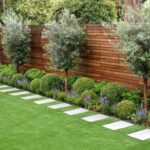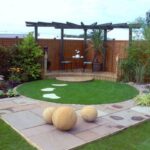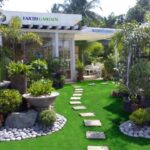Garden landscapes are an essential aspect of any home, providing a tranquil and serene space for relaxation and enjoyment. A well-designed garden landscape can enhance the beauty of a property, adding value and curb appeal. From colorful flower beds to lush green lawns, there are endless possibilities when it comes to creating the perfect garden landscape.
One of the key elements of a garden landscape is the selection of plants and flowers. Choosing the right combination of flora can create a harmonious and visually appealing garden. It is important to consider factors such as sunlight exposure, soil quality, and climate when selecting plants for your garden. Additionally, incorporating a variety of plants with different blooming seasons can ensure that your garden remains vibrant throughout the year.
In addition to plants, hardscaping elements such as paths, patios, and retaining walls can add structure and interest to a garden landscape. Hardscaping can help define different areas within the garden, creating a sense of flow and cohesion. Materials such as stone, wood, and brick can be used to create unique and functional hardscaping features that complement the overall design of the garden.
Proper maintenance is crucial for ensuring the health and longevity of a garden landscape. Regular watering, pruning, weeding, and fertilizing are essential tasks that can help keep your garden looking its best. It is also important to keep an eye out for pests and diseases, as they can quickly wreak havoc on a garden if left unchecked. By investing time and effort into maintaining your garden, you can enjoy a lush and thriving landscape for years to come.
Another important aspect of garden landscape design is incorporating sustainable and eco-friendly practices. Rainwater harvesting, composting, and using drought-tolerant plants are just a few examples of sustainable gardening practices that can help reduce water usage and minimize environmental impact. By making conscious choices about the materials and methods used in your garden, you can create a beautiful landscape that is both aesthetically pleasing and environmentally responsible.
Ultimately, a well-designed garden landscape is a reflection of your personal style and preferences. Whether you prefer a formal garden with structured beds and neatly trimmed hedges, or a more naturalistic garden with meandering paths and wildflower meadows, the possibilities are endless. With careful planning, attention to detail, and a bit of creativity, you can create a garden landscape that brings joy and beauty to your home for years to come.
